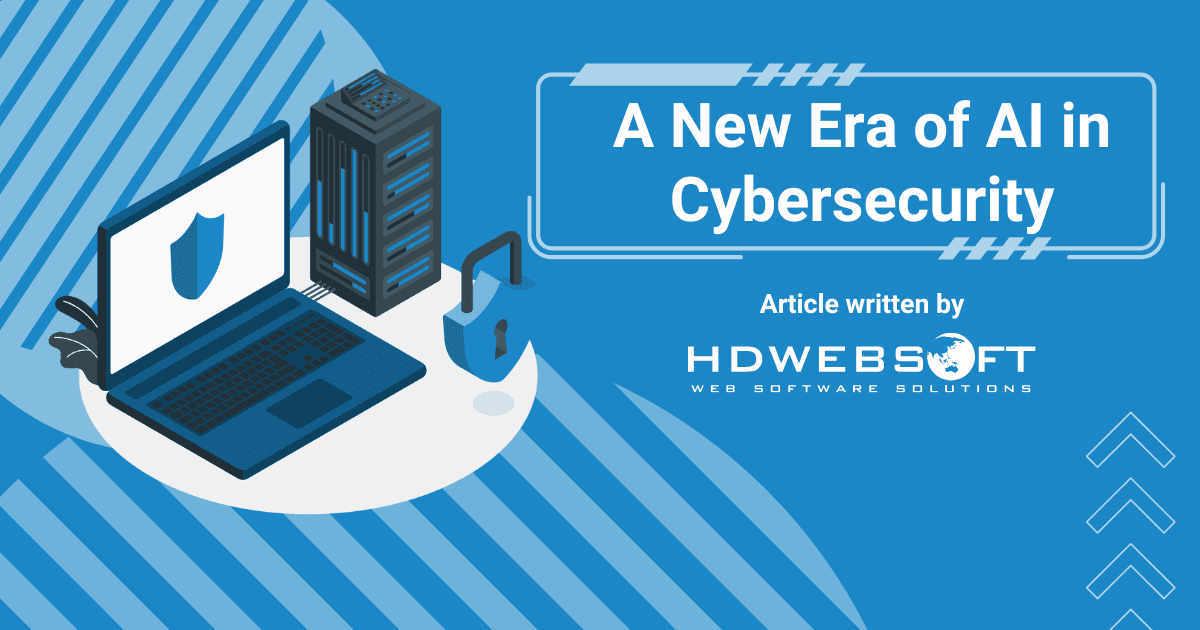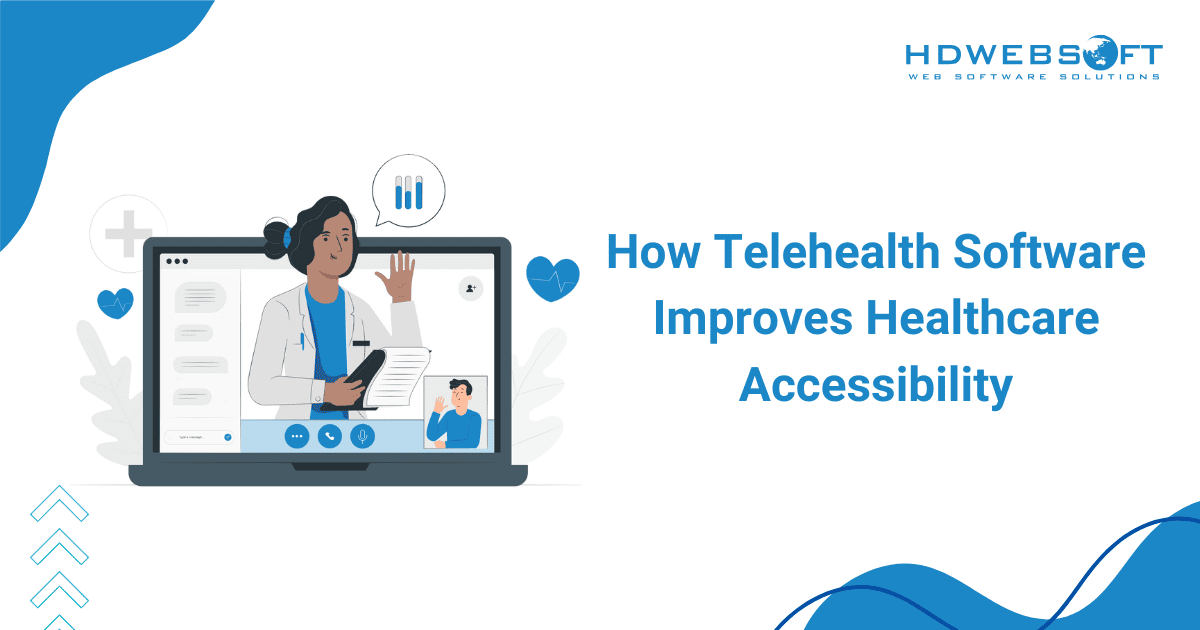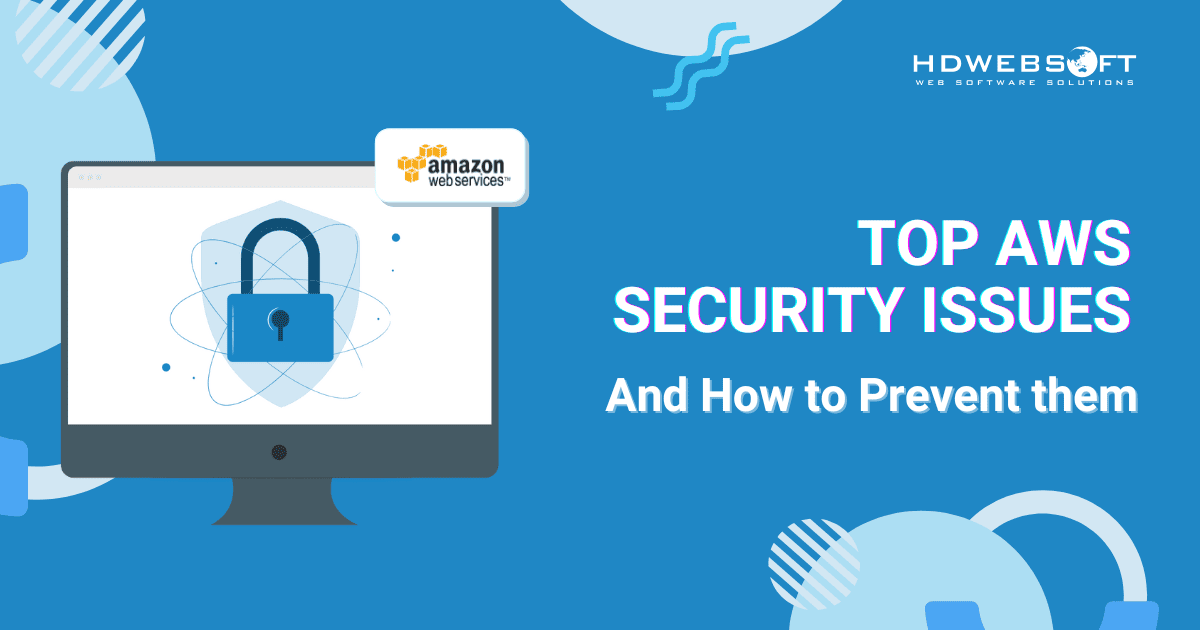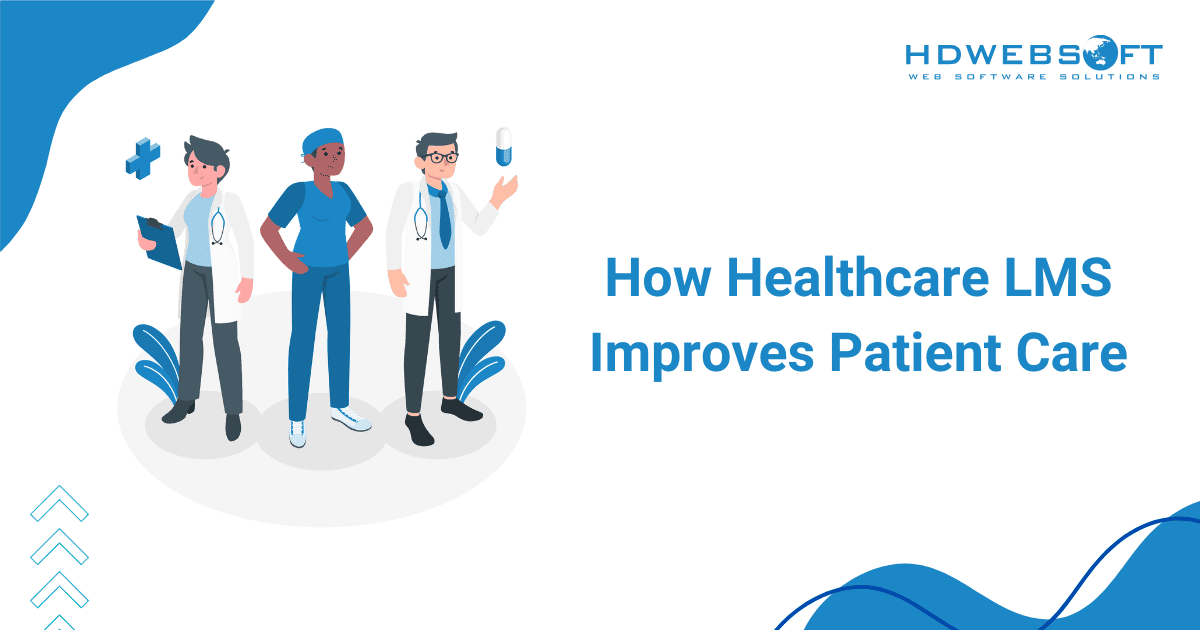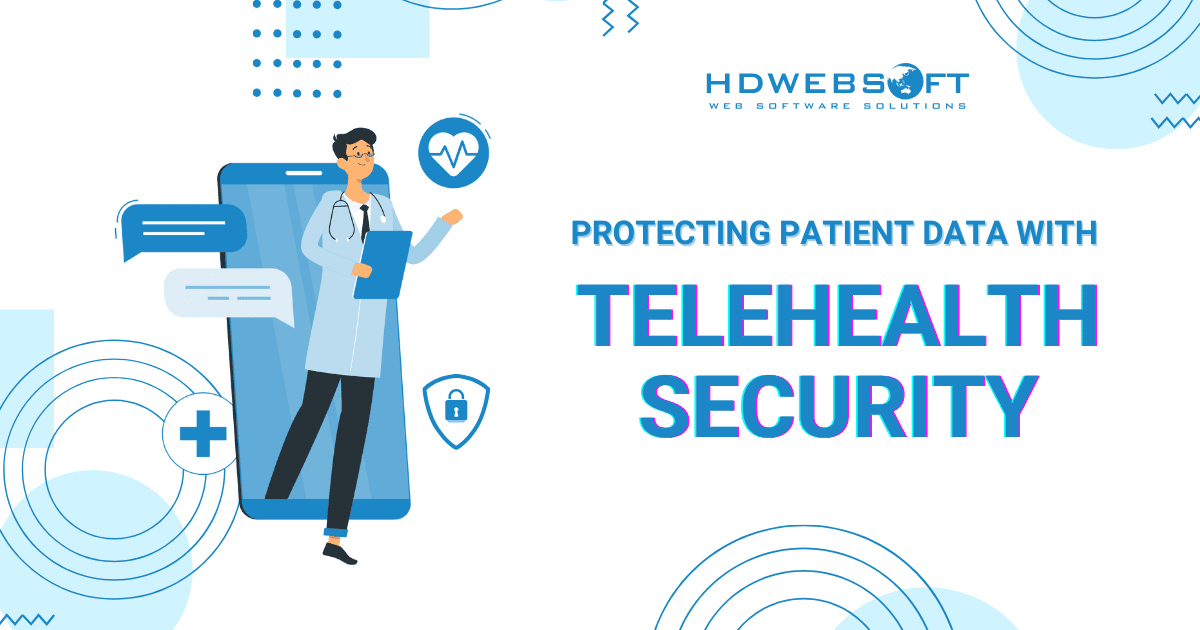
Telehealth Security: Protecting Patient Data in a Digital Age
The rapid expansion of telehealth security has revolutionized healthcare delivery, offering unparalleled convenience and access to medical services. This digital transformation, however, introduces a complex web of security challenges that demand rigorous attention. As healthcare increasingly moves online, digital health security and the protection of sensitive patient information become not merely a regulatory requirement but a fundamental ethical imperative.
This blog delves into safeguarding digital health interactions and explores the underlying reasons why telehealth security matters. It also identifies common risks, outlines key security components, and examines important compliance standards. Finally, it offers practical suggestions to bolster privacy and ensure the integrity of patient data in virtual care environments.
Why Telehealth Security Matters
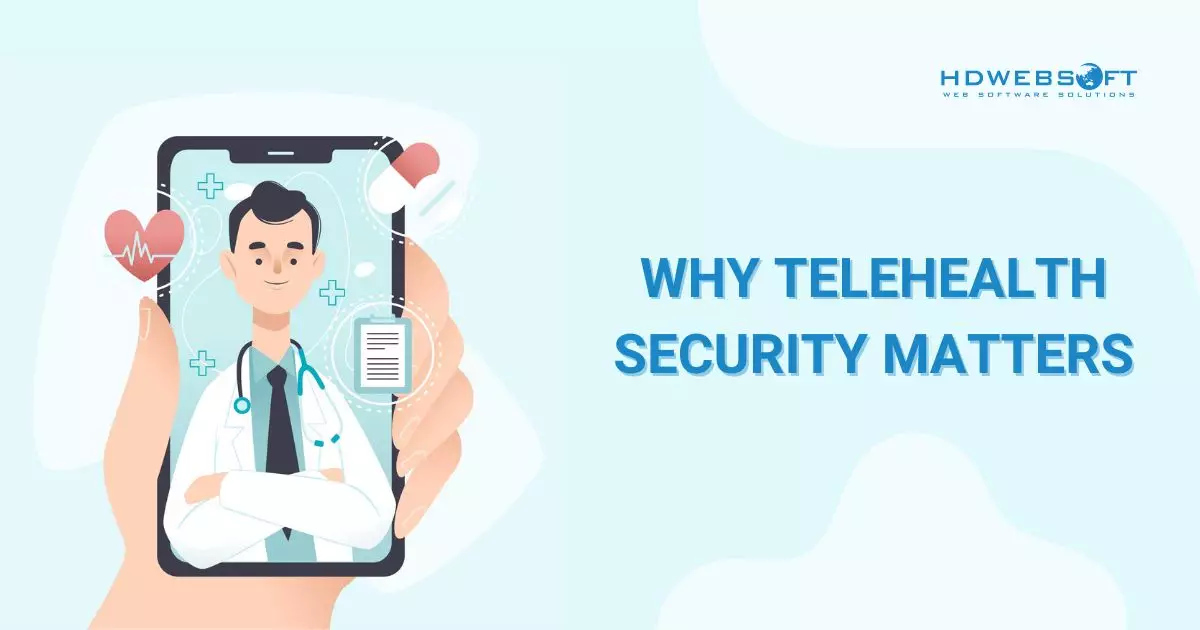
The shift towards virtual care isn’t merely a trend but a fundamental change in how medical services are accessed and delivered. This evolution brings with it a heightened focus on the protective measures surrounding patient data.
Increased Use of Digital Healthcare
The convenience of virtual consultations and remote patient monitoring has led to an undeniable surge in digital interactions. Patients can now connect with healthcare professionals from the comfort of their homes. All the while, providers can extend their reach to underserved populations.
Thanks to this widespread adoption, while beneficial, the volume of sensitive data transmitted and stored digitally has increased. Hence, the sheer scale of these interactions underscores the critical need for robust protective frameworks for telehealth security.
Handling of Sensitive Patient Data
At the heart of every healthcare interaction lies Protected Health Information (PHI), a highly valuable and sensitive category of data. This encompasses everything from medical histories, diagnoses, and treatment plans to billing details, personal identifiers, and even genetic information.
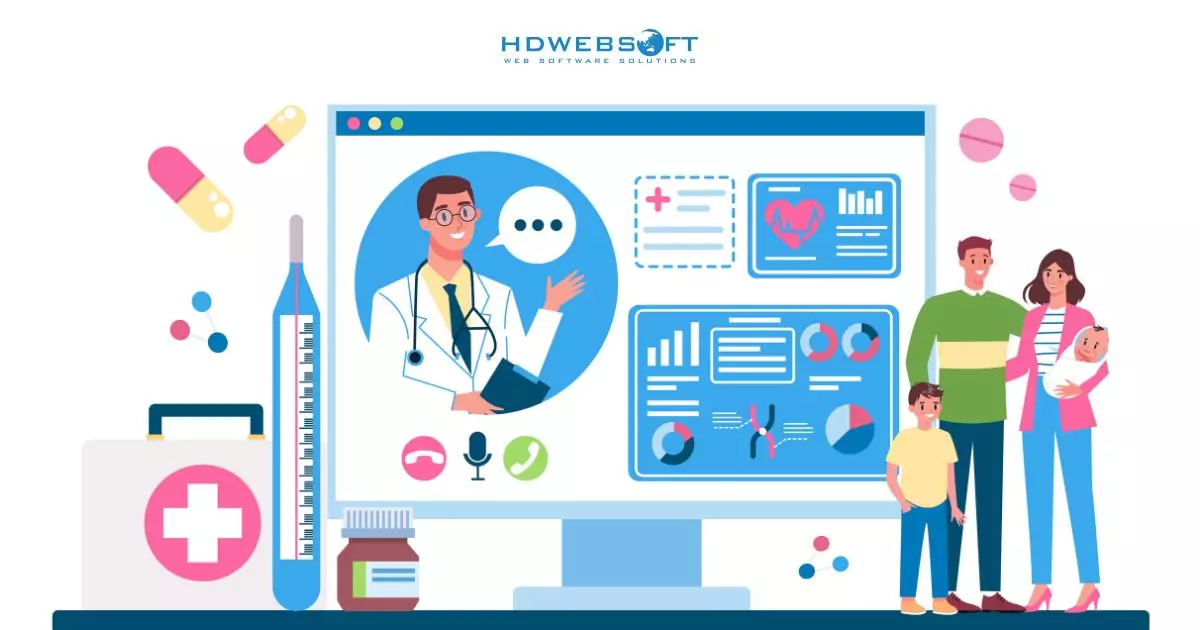
Given the intimate nature of this data, its confidentiality and integrity are paramount. Any compromise could lead to severe consequences, including identity theft, financial fraud, and even discrimination. Consequently, the mechanisms employed to handle PHI within digital health security environments must be meticulously secure.
Cyber Threats Targeting Healthcare Providers
Unfortunately, the healthcare sector has become an increasingly attractive target for cybercriminals due to the immense value of PHI. Cyberattacks against healthcare providers are on a worrying upward trajectory, demonstrating a clear and present danger. For instance, by the end of 2024, a staggering 259 million Americans’ health records had been stolen or compromised in part or in full, a new record far exceeding previous years. This alarming statistic underscores the dire need for stringent protective measures in telehealth security.
The repercussions of these breaches can be devastating, ranging from substantial financial penalties to severe reputational damage for healthcare organizations. Moreover, they can lead to profound personal distress and compromised patient safety for individuals. Therefore, prioritizing the security of digital health platforms is paramount to maintaining trust and ensuring the continuity of care.
Common Security Risks in Telehealth
Despite the immense benefits of virtual healthcare, its digital nature inherently exposes it to various security vulnerabilities. Understanding these common risks is the first step toward building a resilient defense.
Weak Authentication or Access Control
One pervasive issue in digital health security environments is weak authentication or inadequate access control. If systems don’t demand strong, multi-layered verification of user identities, unauthorized individuals can potentially gain entry to sensitive patient records.
Thus, this vulnerability extends beyond external attackers to include internal actors who might exploit lax controls, either intentionally or inadvertently. Without robust identity verification, the entire telehealth security system remains susceptible to unauthorized access.
Insecure Video Conferencing Tools
The very tools that enable virtual care can pose significant risks if they aren’t specifically designed or configured for healthcare. Generic video conferencing solutions may lack the necessary end-to-end encryption protocols or specialized security features required to protect confidential discussions. This deficiency makes them susceptible to eavesdropping, unauthorized recording, or data interception, undermining the privacy of patient-provider interactions.
Take a look at our Web and Mobile Conference Call Platform.
Data Breaches Through Third-Party Apps or Devices
The proliferation of third-party applications or devices integrated into virtual health workflows introduces additional attack vectors. These applications, often developed by external vendors, might have their own vulnerabilities, inadvertently creating backdoors for data breaches.
Therefore, healthcare organizations must exercise extreme diligence when selecting and vetting third-party tools. This helps guarantee that their digital health security postures align with the stringent requirements of patient data protection.
Risks from Unencrypted Communication
A fundamental principle of telehealth security is encryption. When patient data is transmitted without strong encryption, it becomes vulnerable to interception and readability by malicious actors.
Consequently, this lack of protection during communication can lead to widespread exposure of PHI, putting sensitive information at risk. As data moves between devices, servers, and applications, unauthorized parties may gain access to these confidential details.
Insider Threats
Often overlooked, insider threats represent a significant risk. These incidents can stem from staff negligence, such as accidentally sharing sensitive information or failing to follow established security protocols. Additionally, employees may fall victim to sophisticated phishing scams that compromise patient data.
Equally concerning is malicious intent, where employees deliberately misuse their access privileges to steal, alter, or compromise patient data. Both scenarios highlight the importance of not only technical safeguards but also comprehensive human-centric digital health security measures.
Key Components of Telehealth Security
To effectively mitigate the array of telehealth security risks, a multi-layered approach to safeguarding digital health information is required. It incorporates several key components.
Encryption
Robust encryption serves as a digital health security shield for patient data, forming a cornerstone of any effective security strategy. Encryption protects data both in transit and at rest when stored on the cloud, servers, databases, or local devices. Expectantly, the dual-layer protection helps prevent unauthorized access at every stage of data handling.
Moreover, strong encryption standards, using advanced cryptographic algorithms, ensure that intercepted or unauthorized access to data doesn’t result in exposure. Even if compromised, the data remains unreadable and unusable, thereby preserving its confidentiality.
Authentication & Authorization
Equally crucial are stringent authentication and authorization mechanisms. This involves implementing multi-factor authentication (MFA), requiring users to verify their identity through at least two different methods. For example, telehealth security may require access to be granted only after entering a password. Then, the second layer will ask users to provide a code from a mobile app or complete a biometric scan.
Furthermore, role-based access control (RBAC) ensures individuals have access only to the data and functionalities necessary for their job roles. This principle of “least privilege” minimizes the potential impact of a compromised account by limiting the scope of accessible information.
Secure Networks
Establishing secure networks is another foundational element. This entails the widespread use of Virtual Private Networks (VPNs) to create encrypted tunnels for data transmission. In particular, VPNs are crucial when accessing digital health platforms from public or less secure networks. Henceforth, they effectively create a private, secure connection over a public network.
Additionally, firewalls act as critical barriers by monitoring and controlling incoming and outgoing network traffic. They do so based on predefined telehealth security rules to prevent unauthorized access and malicious intrusions.
Data Storage & Backup
Effective data storage and backup strategies are paramount in digital health security measures. Healthcare organizations must utilize HIPAA-compliant cloud-native infrastructures with robust security features. Plus, these solutions should also undergo regular independent audits and offer clear data residency and privacy policies.
Moreover, comprehensive disaster recovery plans are essential. These plans outline procedures to ensure business continuity and data availability during system failures, cyberattacks, natural disasters, or unforeseen disruptions. As a result, they enable the rapid restoration of services and access to patient data.
Device Security
Finally, device security is a critical consideration for both providers and patients. Providers must ensure that all devices used for digital health services are adequately secured with up-to-date antivirus software, strong, unique passwords, and regular security patches.
Similarly, educating patients on how to secure their own devices and home networks before engaging in virtual consultations is vital. In telehealth security, a weak link on the patient’s end can inadvertently expose sensitive information, as it’s on the provider’s. This shared responsibility is key to comprehensive protection.
Maybe you haven’t read: 5 Ideal Ways to Enhance Mobile App Security.
Regulatory and Compliance Standards
Navigating the complex landscape of digital health security necessitates strict adherence to a variety of regulatory and compliance standards. These frameworks provide the legal and ethical guidelines for protecting patient data.
HIPAA
The HIPAA in the United States stands as the cornerstone of patient data protection. HIPAA’s Privacy Rule dictates how PHI can be used and disclosed, ensuring patient consent and control.
On the other hand, the Security Rule mandates technical, administrative, and physical safeguards for electronic Protected Health Information (ePHI). For digital health providers, this means ensuring HIPAA platforms and practices comply with these rules to prevent cybersecurity crimes.
GDPR
Beyond the U.S., the General Data Protection Regulation (GDPR) profoundly impacts telehealth security providers serving international users. Particularly, those who are in the European Union. The GDPR is a comprehensive data protection law that sets strict requirements for how personal data is collected, processed, and stored. It aims to protect individuals’ privacy and give them greater control over their data.
Namely, a recent ECJ ruling in October 2024 clarified that even order data for pharmacy-only medicines is considered health data under GDPR. It requires explicit consent for its processing. Therefore, global digital health services must consider both HIPAA and GDPR to avoid significant penalties and legal repercussions.
HITECH Act
The HITECH Act (Health Information Technology for Economic and Clinical Health Act) further strengthens HIPAA. It promotes the adoption and meaningful use of healthcare IT by increasing the civil and criminal penalties for HIPAA violations. Its implications for digital health are substantial, emphasizing breach notification requirements and the importance of telehealth security technology adoption.
In fact, on April 1, 2025, the House Committee on Energy and Commerce heard testimony highlighting the urgent need to address cybersecurity vulnerabilities in healthcare. Non-compliance can carry fines of up to $1.5 million per violation category annually. This highlights the significant financial and legal stakes involved.
ISO/IEC Standards for Health IT Security
Furthermore, international standards like ISO/IEC 27001 provide a robust framework for establishing, implementing, maintaining, and continually improving an Information Security Management System (ISMS). While not specifically healthcare-focused, ISO/IEC 27001 is highly relevant for health IT security solutions. It helps organizations identify and mitigate risks associated with handling sensitive and vital data.
What’s more, achieving ISO/IEC 27001 certification demonstrates a commitment to healthcare information security best practices. Thereby, it supports broader compliance efforts with healthcare-specific regulations and enhances overall data protection.
Suggestions for Strengthening Telehealth Security and Privacy
To truly fortify telehealth security and safeguard patient privacy, a proactive and continuous effort is essential. It should extend beyond mere compliance to foster a culture of security.
Continuous Training and Awareness for Providers
One of the most impactful suggestions is implementing continuous training and awareness programs for providers. Technology evolves rapidly, and so do the methods of cybercriminals.
Hence, regular, engaging training sessions can educate healthcare professionals on the latest digital health security best practices. These include recognizing sophisticated phishing attempts, maintaining strong password hygiene, and properly handling sensitive data in various digital scenarios.
In general, this empowers staff to become the first and often most critical line of defense against potential threats.
Patient Informed Consent
In addition, obtaining explicit and informed patient consent is a crucial aspect of personal privacy and digital health security. Patients must be fully aware of how their data will be collected, stored, used, and shared during virtual interactions.
For starters, consent forms related to telehealth security should be clear, concise, and easy to understand. They must outline potential risks and benefits while ensuring patients are aware of their rights regarding their health information.
Plus, providers should employ the “teach-back” method, asking patients to explain what they’ve understood to confirm comprehension. As a result, it fosters transparency and builds trust, which are foundational to secure digital health services.
Implement Robust Security Measures
Finally, and perhaps most critically, organizations must implement robust security measures across all facets of their virtual health operations. This involves regularly conducting comprehensive risk assessments to identify vulnerabilities in systems, processes, and human factors.
Furthermore, establishing clear, well-rehearsed incident response plans is vital. In the unfortunate event of a telehealth security breach, a well-defined plan can minimize damage, facilitate timely recovery, and ensure proper notification to affected parties and regulatory bodies.
Conclusion
The rise of telehealth has greatly improved healthcare accessibility and convenience, but it also brings serious responsibilities around telehealth security. Strengthening digital health security requires ongoing investment in technology, staff training, and clear patient communication. These comprehensive efforts are key to fully realizing telehealth’s potential while safeguarding patient privacy. In all, the future of telehealth is bright, with many medical trends shaping it. With the right safeguards in place, providers can confidently embrace innovation while protecting what matters most—patient trust and safety.
HDWEBSOFT is a trusted provider of custom healthcare software solutions. We’ve been delivering secure, scalable, and user-friendly applications tailored to meet the unique needs of healthcare organizations. With a strong focus on data privacy, compliance, and seamless integration, we help providers enhance patient care and stay ahead in the rapidly evolving digital health landscape.










